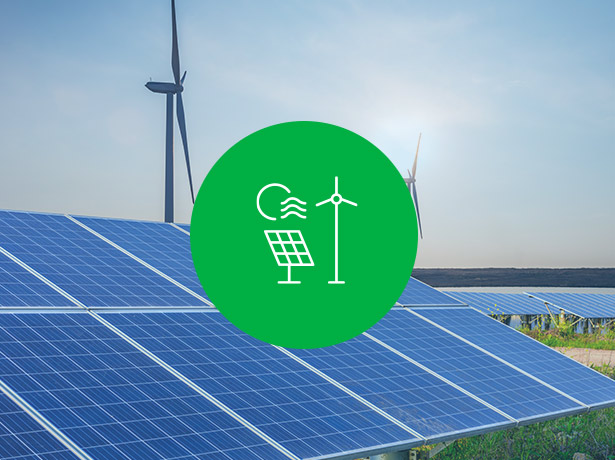Our 2022 Planet Passionate Report found that Greenhouse gas (GHG) emissions are projected to increase almost 14% under the current trajectory over the next 10 years. The production of non-renewable energy is one of the major contributors to these emissions. Harmful to the environment and human health, rising levels of GHG emissions are increasing the severity and frequency of climate change threats, creating and existential problem that we must all work to solve.
That’s why energy is a central focus of Kingspan’s climate action goals outlined in our Planet Passionate program. To achieve our target of 60% direct renewable energy by 2030, we are committed to using direct renewable energy sources like biogas, wind and solar.
To decouple our growth and manufacturing processes from fossil fuels, we are partnering with companies like FortisBC to increase our use of direct renewable energy and displace our existing emissions from natural gas. FortisBC’s production of renewable natural gas is now helping power our Langley, British Columbia plant in Canada.
Renewable natural gas (RNG) is a sustainable energy source derived from decomposing organic waste, making it a renewable, low-carbon gas and not a fossil fuel. It is created by breaking down organic materials from sources such as landfills, agricultural and food waste and wastewater.
As organic waste decomposes, it naturally releases biogas, a GHG containing carbon dioxide and methane, into the atmosphere. A powerful GHG, methane has a global warming potential more than 25 times greater than CO2 according to the U.S. Environmental Protection Agency (EPA).
The use of RNG can make meaningful decarbonization contributions by reducing methane emissions and decreasing the use of fossil fuels. Harnessing energy from organic waste that is already part of the carbon cycle, RNG releases only the carbon dioxide that the organic waste would have produced naturally and does not add net new carbon dioxide to the atmosphere.
Procuring renewable natural gas is just one part of our strategy for reducing GHG emissions and decreasing the carbon intensity of the insulated metal panels we produce. Our renewable energy strategy also includes on-site renewable energy generation. All our wholly owned sites will have solar PV by 2030. Our most recent Planet Passionate report revealed that we increased solar PV on our facilities from 21.7% in 2020 to 35.2% in 2022.
Combined, these renewable energy strategies resulted in an increase in our direct use of renewable energy from 19.5% in 2020 to 33.4% in 2022. While we have made good progress to date on our energy goals, more work needs to be done. We will continue to support our climate action agenda by transitioning to cleaner, greener energy systems, lowering our energy use through energy efficiency, and reducing GHG emissions and related impacts.


